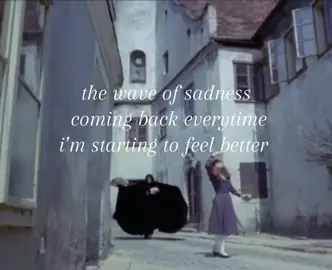Noticiero 5 Semanal
Region: BS
Saturday 05 July 2025 01:27:12 GMT
379
18
0
2
Music
Download
Comments
There are no more comments for this video.
To see more videos from user @noticiero5semanal, please go to the Tikwm
homepage.





